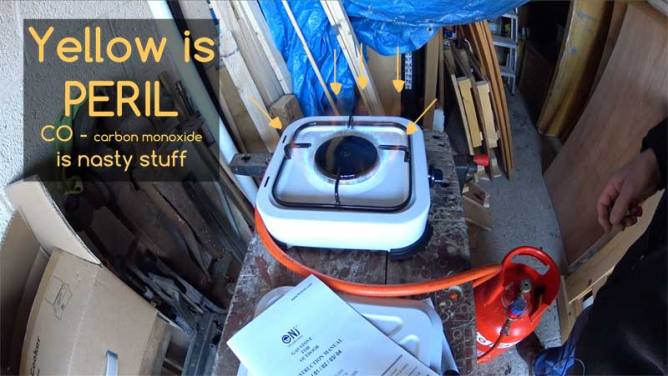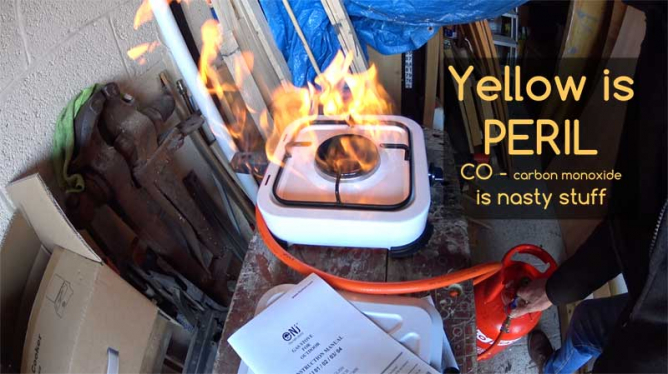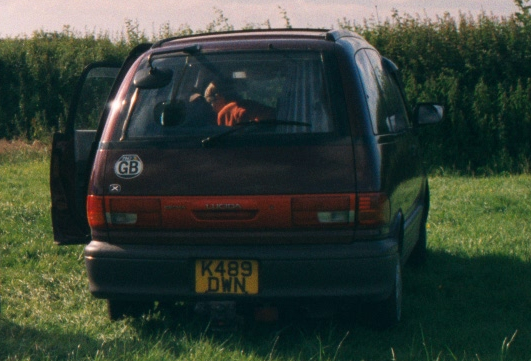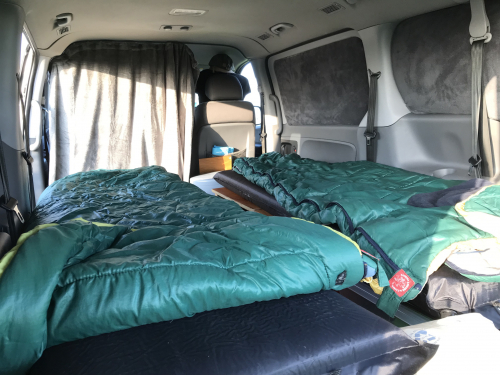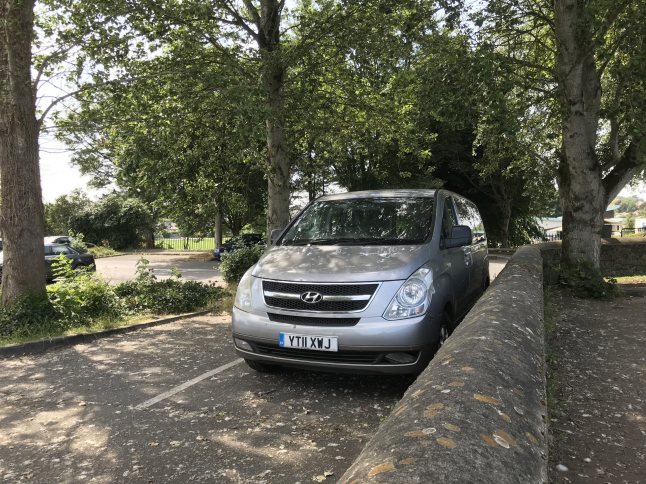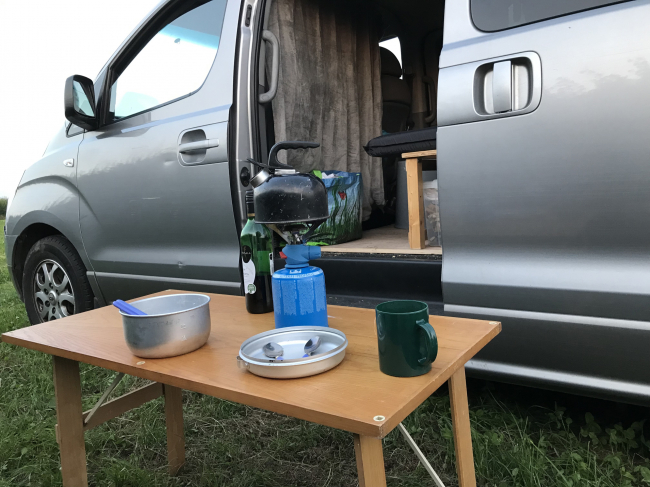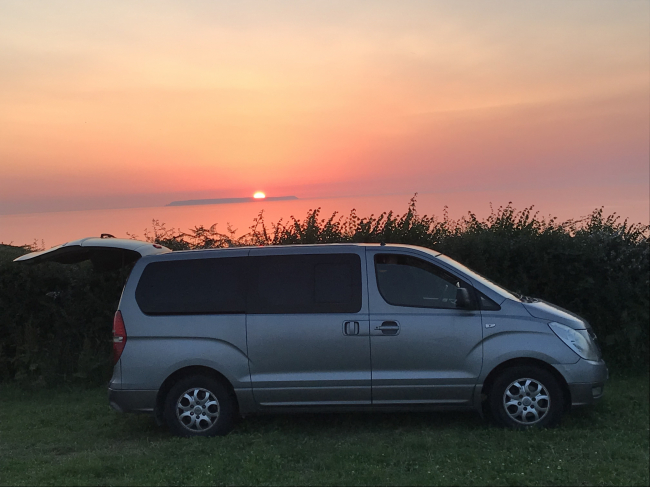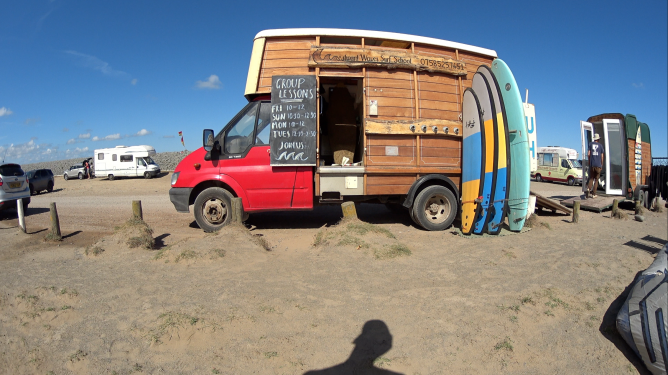
IN THE SUMMER TIME.
I have had to stop playing with the Hyundai i800 Camper Van Project in order to fix a leaking roof. We had waited out the winter to make a start on the work in April this year.
It took until June to finish the roof. This then lead to cleaning the fascias and gutters to take advantage of the scaffolding being there for the roof. As the work is being done buy "the owners" the single major cost is the scaffolding. It therfore makes economic sense to repair or refurbish anything else that we have access to including the walls and windows.
The building has been neglected for a good many years as evidenced by the dodgy repairs we uncovered while fixing leaking roof. It's easy to ignore the structure of a building until something goes wrong with it. At which point it becames up front and personal. The signs of neglect become more obvious and the need for some cost effective repairs more urgent while we have the scaffolding in place.
That repair work is still ongoing but I've torn a muscle or worse in my shoulder. ( I've been told it's a rotator cuff tear in my right side. ) Taking a short break while it heals is therefore recomended. The injury was likely caused by too much heavy lump hammer work chasing out cracks in the walls in July.
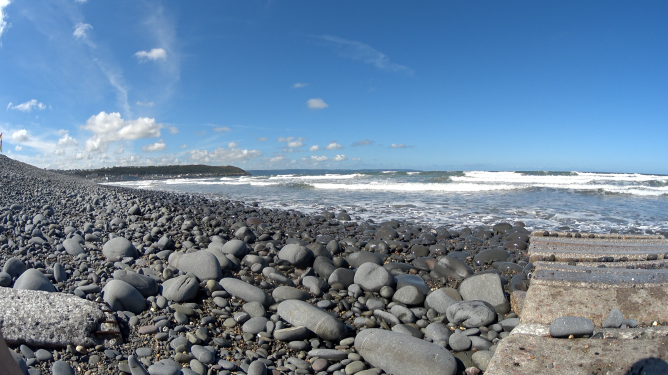
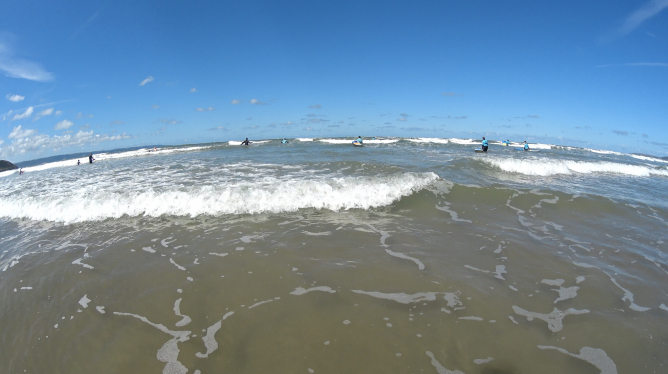
I decided to take one of my sons camping to do a bit of surfing and walking for a week and booked a pitch in North Devon near Westward Ho. Only then did I remember that I'd knackered the old van battery I'd previously used to run the chiller box last year.
A replacement had been foreseen but not actioned. The same followed for a new potty / toilet facility acquired late the previous year but still in its box. Plans have been made and mocked up for a utility pod that these would be placed within but I now didn't have time to make it.
Yet another, "good enough for now" solution needed to be made for both in less than a week including buying the parts. A 12V 110 Ah deep cycle leisure battery was bought from Tyna Batteries direct online and a Split Charge Relay Kit including the voltage relay switch, 50 amp fuse holders and fuses, wire, clips and cable terminals from Amazon together with some terminal boxes and chunky connectors.
Getting the cable from the main stater battery to where I wanted the leisure battery to sit took a bit of exploration and thought before opting for the simplest, most direct route. I runs from behind the drivers seat below the body of the van, clipped over the air conditioning pipes, to terminate in the engine bay via a 50 amp fuse fitted to the lid of the existing fuse box.
I still didn't know how I was going to fix the new battery in place as I had no time to build the pod I had planned. The easiest thing would be to place it in an off the shelf box that I could fix to the floor but also fix the split charge relay, fuse together with a block of 3X12V car sockets with 2X USB points I already had from my old camping kit.
Once the basic supply wiring was finished I popped into my local "all things cheap" store and bought a black plastic box I felt I could adapt to suit me needs.
Dimensionally it was fairly close and too tight a fit but I knew I could stretch it by applying strategic heat. The new HOT gas cooker bought back in January / February proved to be ideal. So good that I managed to melt part of the top of the box in my haste to get the job finished.
It was Sunday with arrangements made to leave late on Monday and I still hadn't worked out how I was going to store / secure the new loo.
I didn't have time to film the making of the loo box. It was a simple task that followed on from the one I made last year using an old Ikea laundry basket. We bought two of these around 20 years ago and they make an ideal short term solution with very little modification.
The new loo is so much more compact than our very cheap Argos bucket-like one of the previous year. The difference height allowed me to (Monday morning quickly) fix a couple of battens above the loo on either side inside the Ikea lattice cube to support an internal shelf made from an off-cut of thinnish chipboard I had lying around.
This shelf allowed me to store some bits and pieces such as the very small gas cooker, a camping kettle and spare gas canisters. We were therefore able to make a cup of tea inside the van as originally envisioned. The only difference being that I placed the cooker on the floor with a side door open. That proved to have been prudent decision as after a few days, the gas connection at the canister started to leak and caught fire.
Having the door open behind me allowed me to launch the whole assembly out into the car park where the canister separated from the burner on impact, instantly extinguishing the flame. I did sustain a small but deep burn when I picked the burner up to chuck it out.
Those pan supports get red hot. OUCH!
This trip was so unplanned I simply threw everything I though we might use in the back of the van without much thought about it. I took all of my fishing rods, reels and gear that ended up just getting in the way as all we did was get in the surf or walk.
Even the new tent was a test. We had trashed our previous one a year before we acquired "the van" after a "challenging wet trip" that saw our old one develop more rips and tears.
The new one was bought from Aldi for not a lot in their end of season sale that same year. So it has been stuck in a box until we arrived at Westacotte Farm near Bideford on Monday evening as it was beginning to get dark. The tent only has three "poles" so went up fairly quickly. It's an interesting design with features clearly included to cater for users not familiar with living under canvas.

For example, rather than expect the inexperienced to know that EVERYTHING needs to be kept well away from the sides inside the tent. Each of the tents tapering ends includes a vertical skirt using two short integral poles. The side skirts these support have a large ventilation flap allowing abundant ( LOTS OF ) fresh air to circulate through the tent via the VERY LARGE air vent in the roof. This mesh covered roof vent is almost half the size of the total arching roof space and is overlapped with the true roof offset above it by around 50 or 60mm.
The effect is to have a tent which tends to flap loudly in a wind but which is so well ventilated that there was little or no sign of the usual condensation one gets on most polyester or nylon fabric tents. I suspect that a tent with no condensation is clearly likely to get fewer "it leaks" complaints than one without this feature.

I just thought it made the tent particularly noisy but it beats getting up in the night to embrace the elements while checking the tension in ones guy lines / guy ropes of a cotton canvas tent. Breathable though they may be.
The Aldi four man tent we used was certainly big enough for two of us though it might be a tad too cosy with four if your planning on living in it for some weeks.
The short little skirt support poles dictate that the tent needs to be folded in a manner which take account of these and the potential for them to rest a 90 degrees to how you want to roll the thing up to place in the carry bag at the end of your trip.
I got it wrong when we hurriedly decamped on our last day. I simply threw the whole thing into the back of the van in frustration and sorted it out after we got home.
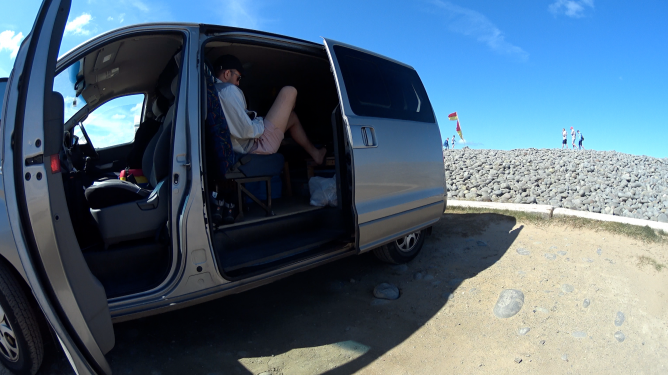
The trip, though short, also highlighted the need to find a way of fitting a pure sine wave "resource" for charging modern sensitive digital equipment while the engine is running. I have an old 300 Watt inverter which I used to run and charge my laptop from but it only worked when running off the leisure battery with the engine not running.It did the same with a lithium storage brick I recharged the same way.
I suspect that I need a pure sine wave inverter to solve that problem but it needs more research.
The final lesson from the trip was to NOT completely fill the water reservoir in the portable loo. We don't intend using it for anything other than bladder emergencies. This negates the need to hold a full store of 15 litres of flushing water that slops about and sometimes leaks when travelling.
Thanks for your support.
Sam



